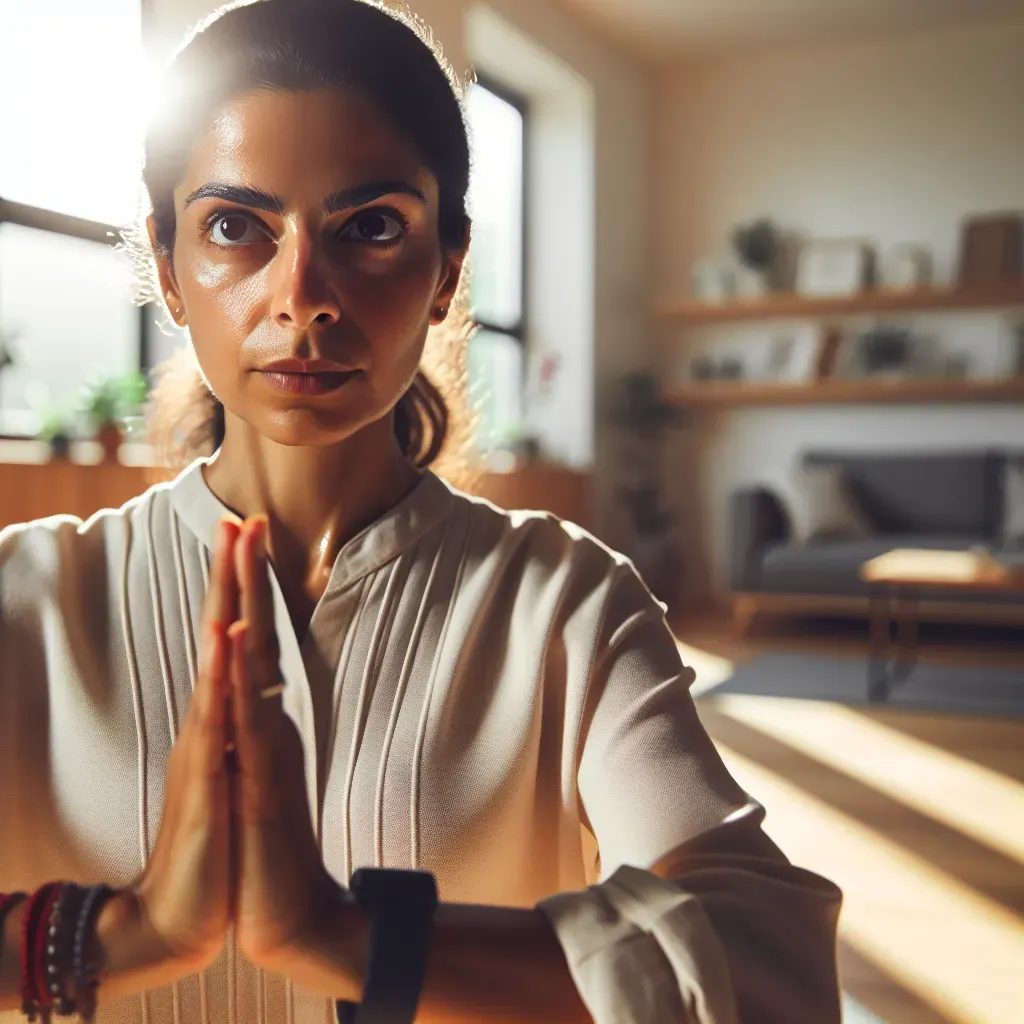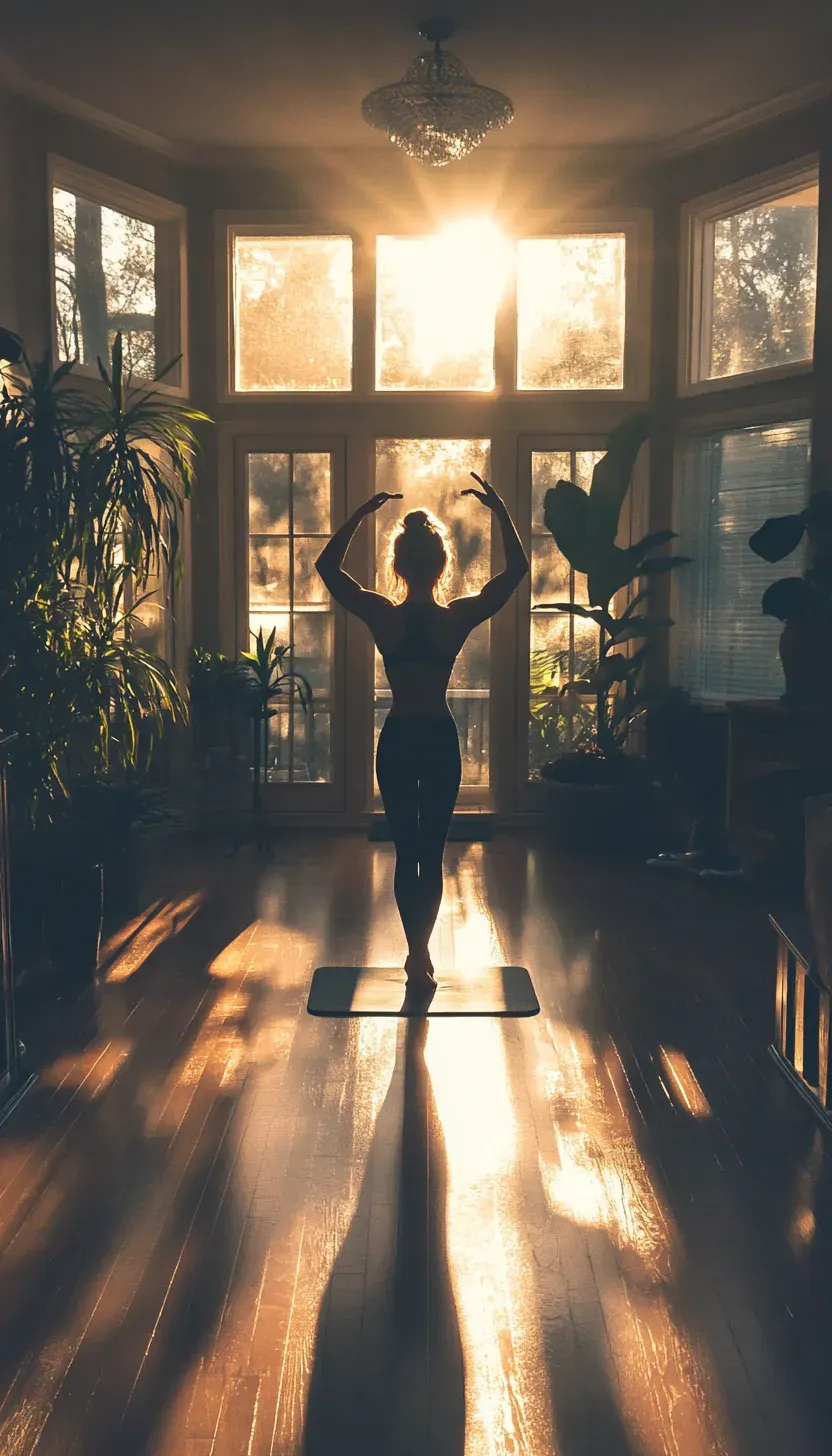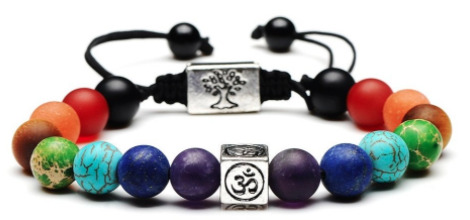5 Surprising Benefits Of Using Yoga Knee Pads You Never Knew
Table Of Contents
1. Introduction
2. Enhanced Knee Protection and Support
- Does yoga strengthen the knees?
3. Injury Prevention and Pain Relief
- What yoga poses should you avoid with arthritis in the knees?
4. Improved Comfort for Older Practitioners
- What are the 3 benefits of practicing yoga when you are over 50?
5. Increased Focus and Mindfulness
- What are the 5 benefits of doing yoga workouts?
6. Aid in Arthritis Management
- Can yoga reduce arthritis?
- What yoga poses should you not do with bad knees?
- What worsens knee arthritis?
- What is the best yoga for knee pain?
- What is the best exercise for an arthritic knee?
7. Conclusion
Yoga is a practice that harmonizes the mind, body, and spirit, offering numerous physical and mental health benefits. While many people focus on yoga mats, blocks, and straps, there's one accessory that often gets overlooked but can make a significant difference in your practice—yoga knee pads.
These unassuming tools provide comfort and support, allowing you to deepen your practice and protect your joints. In this post, we'll explore five surprising benefits of using yoga knee pads that you may not have known.
Enhanced Knee Protection And Support
Does Yoga Strengthen The Knees?
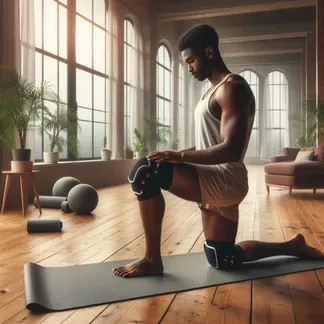
Yoga can strengthen the muscles around the knees, but without proper support, certain poses can put undue stress on the knee joints, especially if you have pre-existing conditions or are new to yoga. Yoga knee pads provide a cushioned layer that absorbs impact and reduces pressure, making it easier to perform poses that require kneeling or placing weight on the knees.
For example, poses like Camel (Ustrasana) and Cat-Cow (Marjaryasana-Bitilasana) can be tough on the knees. Using knee pads ensures you can hold these poses longer and with greater comfort, leading to better muscle engagement and strength building.
Injury Prevention And Pain Relief
What Yoga Poses Should You Avoid With Arthritis In The Knees?
Individuals with arthritis in their knees should be cautious with poses that require deep bending or weight-bearing on the knees, such as Virasana (Hero Pose) or Supta Virasana (Reclining Hero Pose). Knee pads can provide the necessary cushioning to safely modify or perform these poses without aggravating the condition.
Yoga knee pads are also beneficial in preventing injuries. They offer a stable surface that reduces the risk of slipping, and their cushioning helps in absorbing shocks during transitions between poses. This is particularly important in dynamic styles of yoga like Vinyasa or Ashtanga, where quick movements are common.
Improved Comfort For Older Practitioners
What Are The 3 Benefits Of Practicing Yoga When You Are Over 50?
As we age, our joints and muscles may become stiffer, making it more challenging to engage in physical activities. Practicing yoga when you are over 50 can help maintain flexibility, balance, and overall joint health. Here are three benefits for older practitioners:
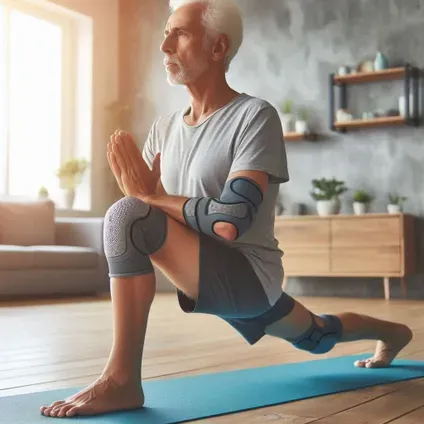
- Enhanced Flexibility: Regular yoga practice helps in maintaining and even improving flexibility, which is crucial for overall mobility.
- Better Balance: Yoga poses that focus on balance can prevent falls and improve stability, which is essential as you age.
- Joint Health: Yoga gently stretches and strengthens the muscles around the joints, promoting better joint health and reducing pain.
Using yoga knee pads can make these benefits more accessible by providing the extra support needed for older adults to practice comfortably and confidently.
Increased Focus And Mindfulness

What Are The 5 Benefits Of Doing Yoga Workouts?
Yoga is known for its ability to enhance both physical and mental well-being. Here are five benefits of doing yoga workouts:
- Stress Reduction: Yoga promotes relaxation and reduces the production of stress hormones.
- Improved Flexibility and Strength: Regular practice enhances muscle strength and flexibility.
- Better Breathing: Yoga emphasizes deep, mindful breathing, which improves lung capacity and overall respiratory health.
- Enhanced Mindfulness: Yoga encourages present-moment awareness, improving mental clarity and focus.
- Pain Relief: Yoga can help alleviate chronic pain conditions by promoting better posture and body mechanics.
Yoga knee pads contribute to these benefits by allowing you to practice more comfortably and without distraction. When you are not worried about knee pain or discomfort, you can focus more on your breath, alignment, and the mental aspects of your practice.
Aid In Arthritis Management
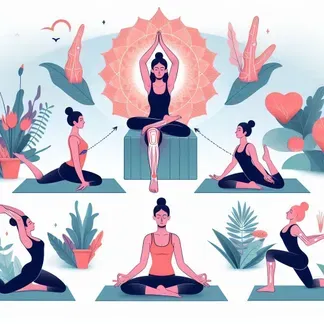
Can Yoga Reduce Arthritis?
Yes, yoga can be a beneficial part of managing arthritis. Regular practice helps to reduce inflammation, improve joint mobility, and strengthen the muscles around the joints. Specific yoga poses can also enhance circulation and reduce stiffness.
What Yoga Poses Should You Not Do With Bad Knees?
If you have bad knees, avoid poses that involve deep knee bends or prolonged pressure on the knees. These include:
- Full Lotus Pose (Padmasana)
- Hero Pose (Virasana)
- Garland Pose (Malasana)
Instead, opt for modified versions or use props like yoga knee pads to provide additional support and cushioning.
What Worsens Knee Arthritis?
Factors that can worsen knee arthritis include high-impact activities, prolonged inactivity, excessive weight, and improper alignment during physical activities. Yoga, when practiced correctly with supportive accessories like knee pads, can help mitigate these factors by promoting gentle movement and proper alignment.
What Is The Best Yoga For Knee Pain?
Gentle styles of yoga, such as Hatha, Iyengar, and Restorative yoga, are excellent for managing knee pain. These styles focus on slow, deliberate movements and use props to support the body, reducing the risk of strain or injury.
What Is The Best Exercise For An Arthritic Knee?
Low-impact exercises are best for arthritic knees. In addition to gentle yoga, activities like swimming, cycling, and walking can be beneficial. These exercises promote joint mobility without putting excessive stress on the knees.
Conclusion
Yoga knee pads may seem like a simple accessory, but they offer a multitude of benefits that can significantly enhance your practice. From providing crucial knee support and preventing injuries to aiding in arthritis management and improving overall comfort, knee pads are a valuable addition to any yogi's toolkit.
Whether you're a seasoned practitioner or new to yoga, incorporating knee pads can help you practice safely and comfortably, allowing you to fully experience the many benefits of yoga.
Suggested Products:

Embrace the support of yoga knee pads and discover how they can transform your yoga practice.
People Also Asked
1. Does yoga strengthen the knees?
Yes, yoga can strengthen the muscles around the knees, improving overall joint stability and function. Using yoga knee pads can enhance comfort and support, making it easier to perform knee-strengthening poses safely.
2. What yoga poses should you avoid with arthritis in the knees?
Avoid poses that require deep knee bends or prolonged pressure on the knees, such as Virasana (Hero Pose) and Padmasana (Lotus Pose). Modifying these poses or using knee pads can help protect your joints.
3. What are the 3 benefits of practicing yoga when you are over 50?
Practicing yoga when you are over 50 can enhance flexibility, improve balance, and promote joint health. These benefits help maintain mobility and reduce the risk of falls and joint-related issues.
4. What are the 5 benefits of doing yoga workouts?
Yoga workouts can reduce stress, improve flexibility and strength, enhance respiratory health, increase mindfulness, and relieve chronic pain. These benefits contribute to overall physical and mental well-being.
5. Can yoga reduce arthritis?
Yes, regular yoga practice can help manage arthritis by reducing inflammation, improving joint mobility, and strengthening muscles around the joints. Gentle yoga styles are particularly beneficial.
6. What yoga poses should you not do with bad knees?
Avoid poses that put excessive strain on the knees, such as Full Lotus Pose, Hero Pose, and Garland Pose. Using knee pads and modifying poses can help practice safely.
7. What worsens knee arthritis?
High-impact activities, prolonged inactivity, excessive weight, and improper alignment can worsen knee arthritis. Gentle yoga with proper support can help mitigate these factors.
8. What is the best yoga for knee pain?
Gentle styles like Hatha, Iyengar, and Restorative yoga are excellent for managing knee pain. These styles focus on slow movements and use props to support the body.
9. What is the best exercise with an arthritic knee?
Low-impact exercises like gentle yoga, swimming, cycling, and walking are best for arthritic knees. These activities promote joint mobility without excessive stress.
10. How do yoga knee pads improve my practice?
Yoga knee pads provide cushioning and support, reducing pressure on the knees and preventing injuries. They enhance comfort, allowing you to focus on your practice and hold poses longer with better alignment.


